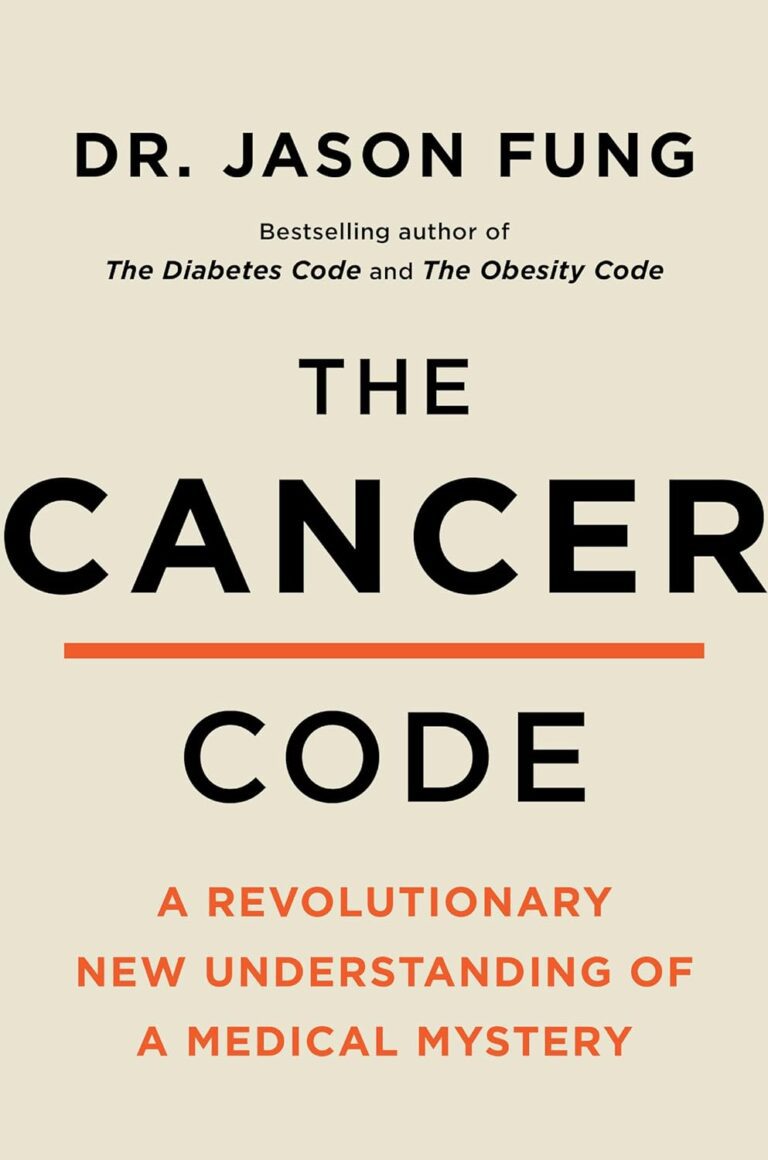
Overview
Risk stratification is a crucial process in the medical field that involves classifying patients into different risk categories based on their likelihood of experiencing specific health outcomes. This method allows healthcare providers to identify high-risk individuals and allocate resources more effectively, ensuring that patients receive the most appropriate care.
Key Information
Risk stratification typically involves the use of algorithms and models that consider various factors such as age, medical history, lifestyle, and genetic information. By analyzing these variables, healthcare providers can predict the likelihood of a patient developing conditions like heart disease, diabetes, or cancer.
Clinical Significance
The clinical significance of risk stratification lies in its ability to improve patient outcomes and optimize healthcare delivery. By identifying high-risk patients early, medical professionals can implement preventive measures, adjust treatment plans, and monitor patients more closely. This proactive approach can lead to better management of chronic diseases and reduce the incidence of complications.
Treatment & Management
Incorporating risk stratification into treatment and management involves using the stratification results to guide clinical decisions. For example, patients identified as high-risk for cardiovascular disease might receive more aggressive interventions, such as lifestyle modifications and medication, compared to those at lower risk. This tailored approach ensures that patients receive the most effective care based on their individual risk profile.
Patient Resources
Patients can benefit from understanding their risk stratification results by accessing educational materials and support groups. Resources such as informational brochures, online tools, and counseling services can help patients make informed decisions about their health and engage in preventive measures.
Frequently Asked Questions
- What factors are considered in risk stratification?
Factors such as age, medical history, lifestyle, and genetic information are typically considered in risk stratification models.
- How does risk stratification benefit patients?
It helps in early identification of high-risk individuals, allowing for preventive measures and personalized treatment plans that can improve health outcomes.
- Can risk stratification predict all health issues?
While it can predict the likelihood of certain conditions, it is not foolproof and should be used as a tool alongside other clinical assessments.

















Comments
Thank you. Comment sent for approval.
Something is wrong, try again later